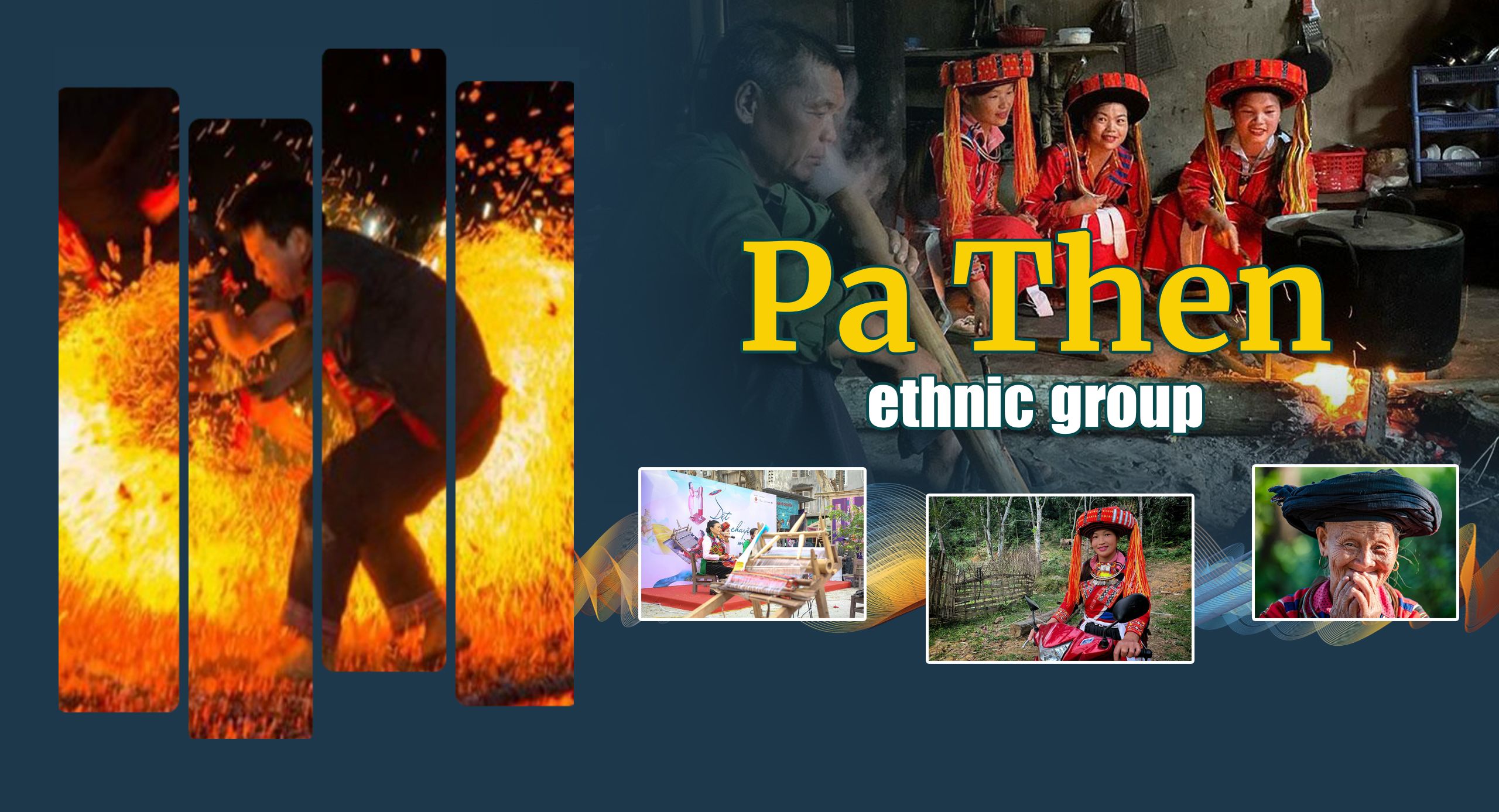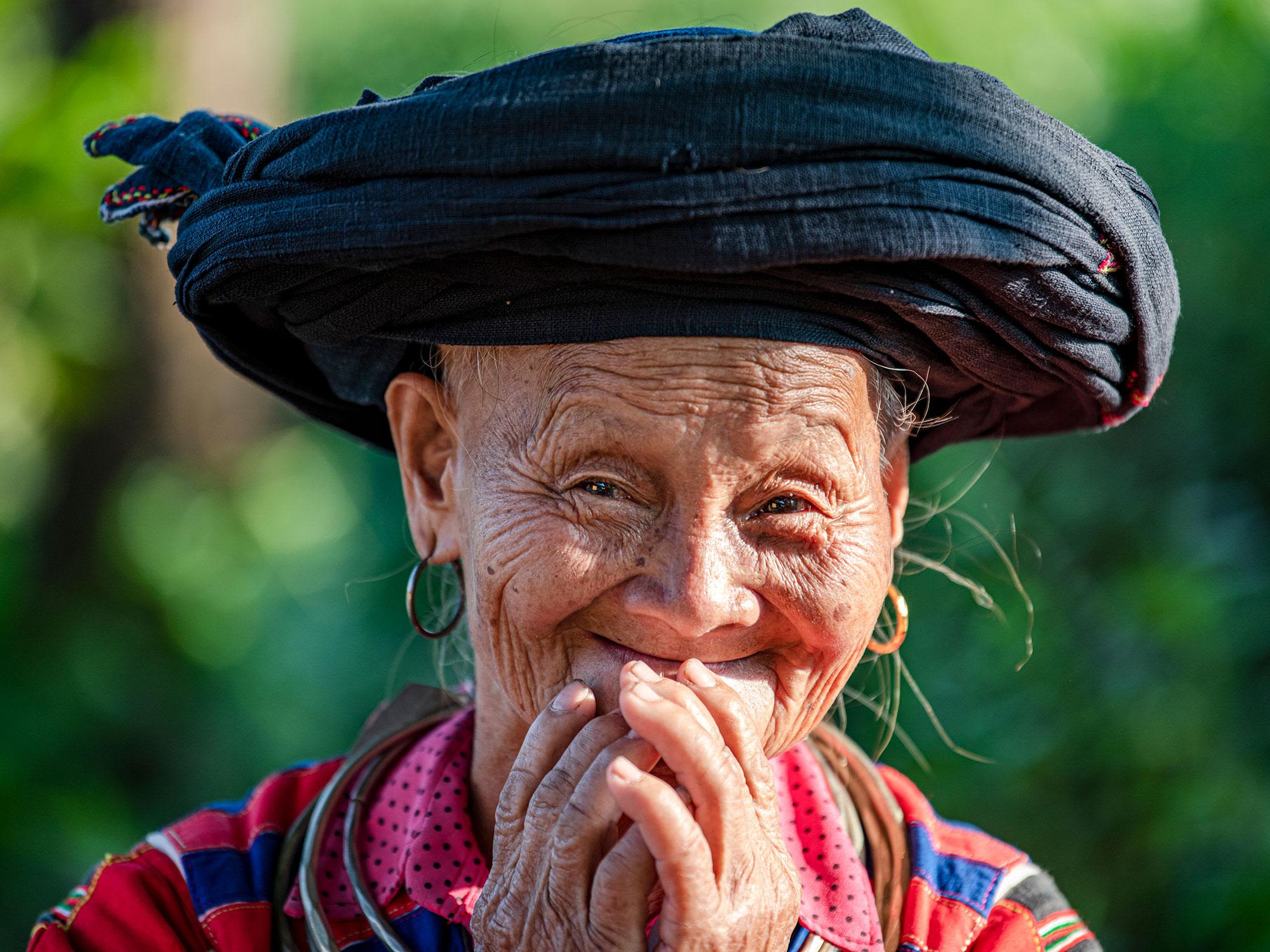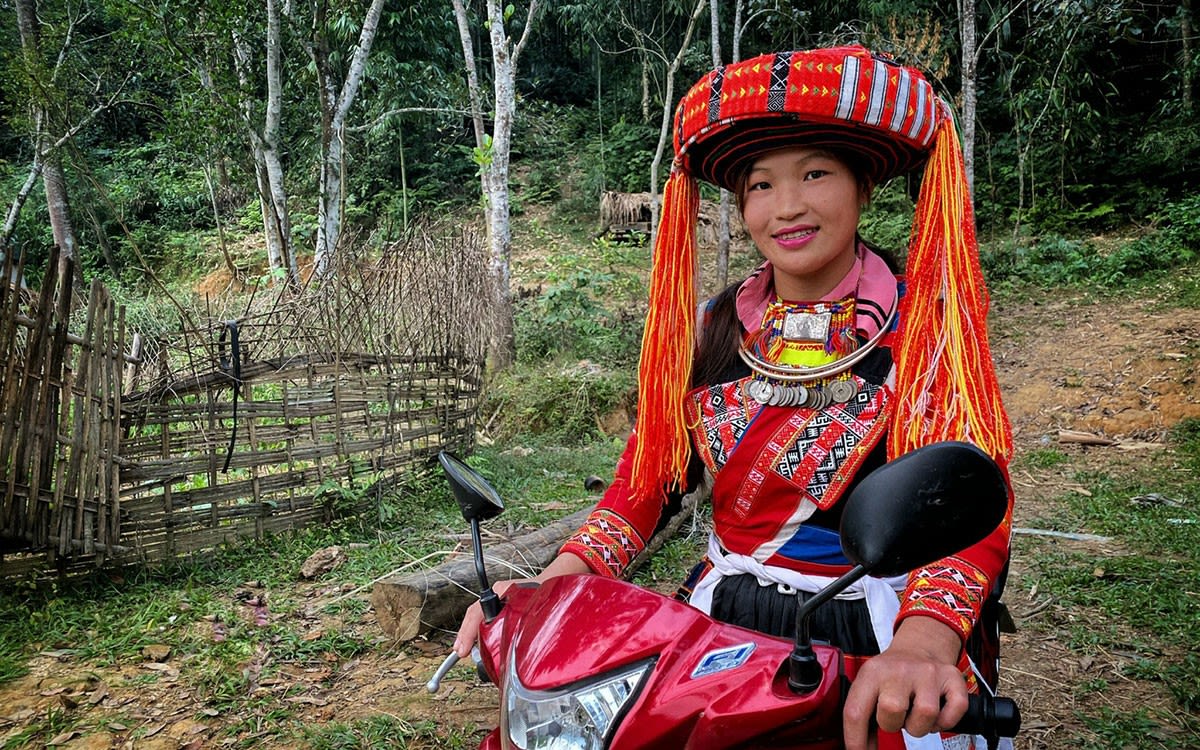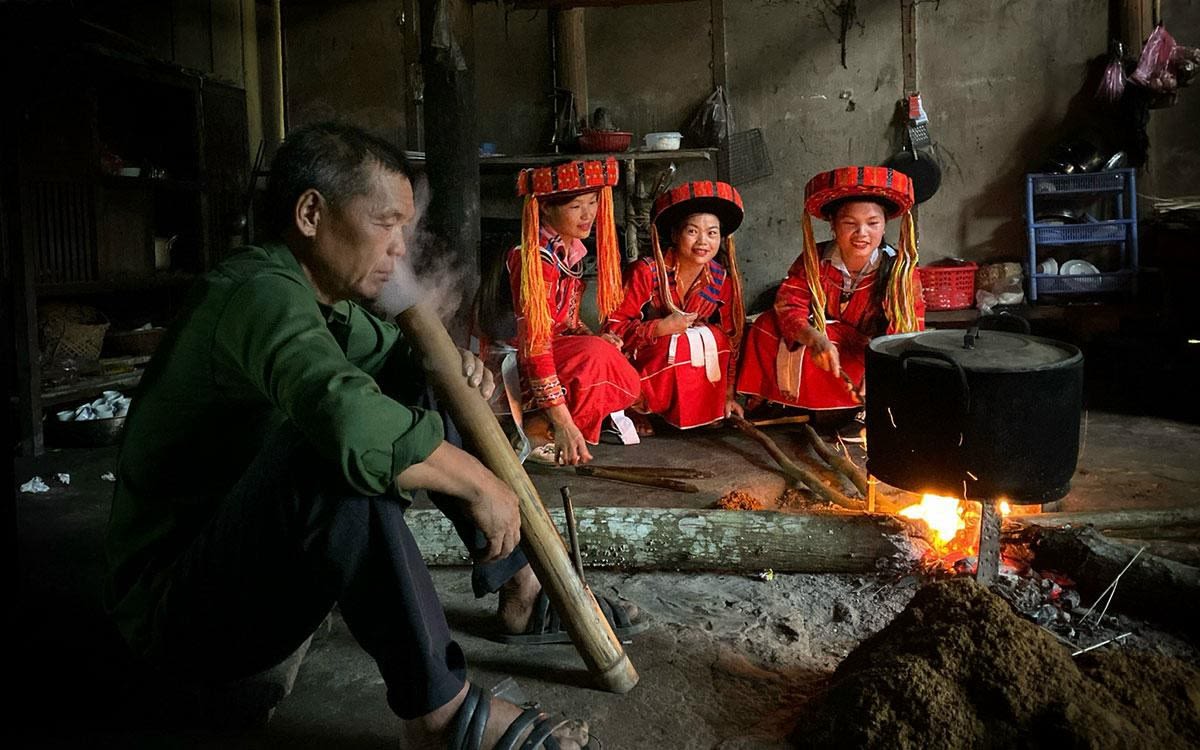
Many studies suggest that the Pa Then people are closely linked to the H’mong and Dao people. The majority of Pa Then people live in the provinces of Ha Giang and Tuyen Quang.
1. Origin
According to some research, the Pa Then people are part of the Dao people who migrated to Vietnam from China. But the fact that the Pa Then are called Meo Lai, Meo Do and Meo Hoa indicates cultural similarities with the H’mong. Along with the Dao and H’mong, the Pa Then people migrated to Vietnam about 200-300 years ago.
The Pa Then people are also known by other names such as Pa Hung, Pa Ung, Meo Lai, Meo Do and Meo Hoa.
2. Population
According to a survey of 53 ethnic minority groups in 2019, the Pa Then ethnic group has a population of 8,248, including 4,137 men and 4,111 women.
3. Language
The Pa Then people speak a Hmong-Mien language.
4. Distribution
The Pa Then people mainly live in the districts of Bac Quang and Quang Binh (Ha Giang Province), and the districts of Chiem Hoa, Yen Son and Lam Binh (Tuyen Quang Province). Their inhabitation areas are lower than other ethnic groups, around the hills and valleys near the Lo River, about 500-1,000 metres above sea level, favourable for the establishment of settlements and agro-forestry development.

Photo: THANH DAT
Photo: THANH DAT
5. Main characteristics
- Housing: Depending on specific locations, the Pa Then people live in stilt houses, ground-level houses or a mix of the two.
- Family structure: Patriarchal

A Pa Then woman (Photo: Thanh Dat)
A Pa Then woman (Photo: Thanh Dat)
- Traditional costume: The Pa Then people have red as the primary colour of their clothes. Women’s clothes include shirts, dresses and scarves, featuring bright colours and decorative patterns similar to those of the Dao people. Men only wear traditional costumes during their weddings, with some decorations such as long scarves with patterns and fringes, two white cloths crossing each other and tied to the trouser waistband, and some neck rings.
- Food: The Pa Then’s staple is rice, consumed three times a day with vegetables, meat and seasonings such as salt and chili.
- Festival: The Pa Then people celebrate the Lunar New Year and other festivals like other ethnic groups in northeastern Vietnam.
- Belief: In the past, the Pa Then believed that the world and all beings were created by a man and woman called Quo Vo and Me Quo O. Diseases were believed to be spread by ghosts and could be cured by praying and making offerings.
The Pa Then people believe that all things have spirits. Spirits include good and evil ones. Good spirits includes gods in heaven, ancestors and the earth god, while the evil ones include river ghosts and the ghosts of those who died unexpectedly. Evil spirits usually destroy crops and harm domestic animals.
The Pa Then people worship their ancestors and have many rituals related to agriculture, animal husbandry and hunting.
Today, more and more Pa Then people know about common knowledge so their lives are no longer completely influenced by beliefs in spirits and gods.

- Economic conditions: The Pa Then people’s main economic activities are farming, animal husbandry, planting forests and exploiting natural resources. They are also involved in some handicrafts such as fabric weaving, bamboo and rattan weaving, carpentry, silver sculpture and paper-making.
The unemployment rate among the Pa Then people is 0.2%. The rate of skilled workers is 16.6%. The proportion of non-farming workers is 11.6%. The poverty rate is 50.2%.
According to a survey of 53 ethnic minority groups in 2019, the rate of literacy among those aged 15 and above is 75.4%, the primary school attendance rate is 101.4%, the secondary school attendance rate is 95.5%, and the high school attendance rate is 67.1%. The rate of children not attending school is 7.8%.